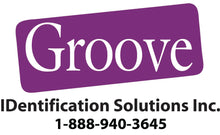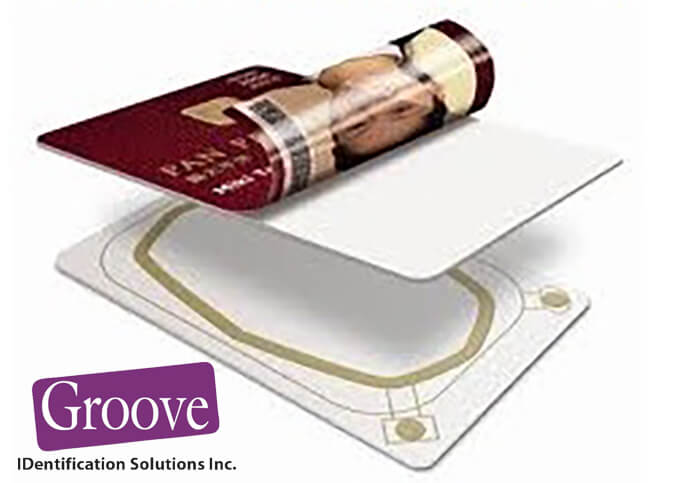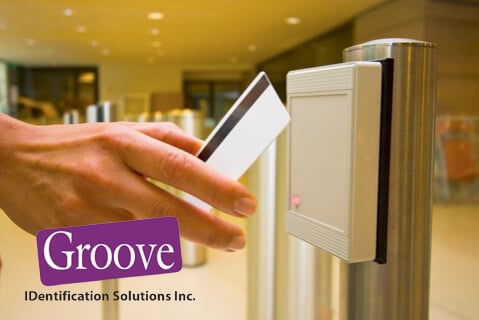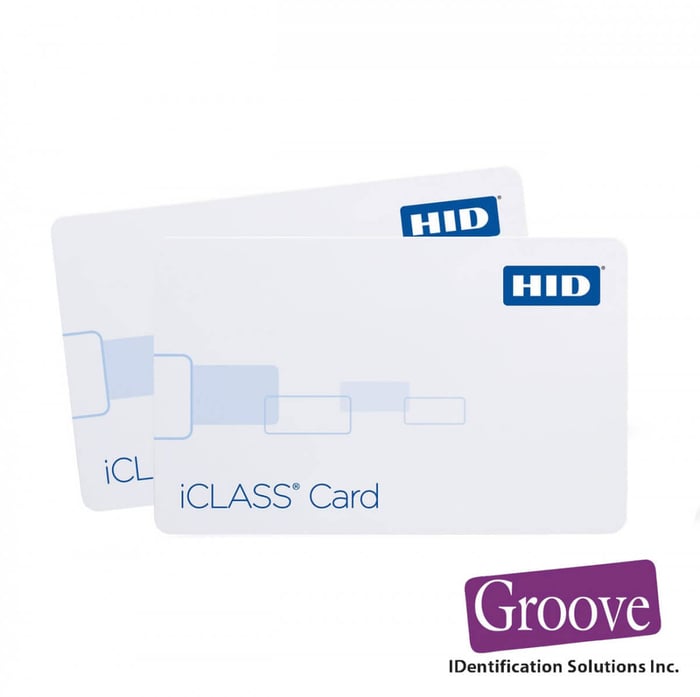How Do Proximity Cards Work?
Most people have used a key card at one time or another. It may have been in the workplace, while staying at a hotel or in some other access-controlled environment. Proximity cards are those key cards that don’t have to be inserted into a card reader or swiped as magnetic stripe security badges do.
A proximity card can communicate with its reader at a range of about 50 cm (15 inches). Many people find that they can use their proximity card without even taking it out of their wallet or purse. The cards interact with the reader using radio frequencies, so this type of system is called Radio Frequency Identification (RFID for short).

If you took a proximity card apart, you’d find a thin coil of wire that acts as an antenna, an electronic capacitor and a very basic computer chip or integrated circuit. The chip contains nothing more than one identification number in an encrypted format that the reader can recognize.
The reader that works with proximity cards has its own antenna and continuously transmits a short-range radio field. When the user holds the card inside the field, the card’s antenna and capacitor resonate at the standard frequency (usually 125 kHz) created by the reader. The resonance generates enough electricity to power the microchip.
Microchip Sends Number To The Reader, Which Verifies Number Is Valid
The microchip sends its number to the reader, which verifies that the number is valid. Then the reader unlocks the door or does whatever other security tasks it may have. The above describes a passive card system. Since all the energy comes from the reader, passive cards need to be held quite close to the reader to get a good signal.
There are also active proximity cards. They have all the same tiny parts inside them as a passive card. Still, they also have a minuscule battery usually made of lithium. The battery gives the microchip more energy. That allows it to send its number with a stronger signal, allowing the user to hold the card further away from the reader. Active proximity cards are more convenient than their passive equivalents because of their stronger signal.

Proximity cards are available with or without a magnetic stripe. Magnetic stripes are those thick black lines we see on the back of access cards. Those stripes are magnetic and maintain a pattern that corresponds to the identification number.
Magnetic card readers have a magnetic head that can recognize the encoded data in the magstripe. However, the head has to touch the stripe to read it. A magnetic stripe offers a simple way to store a few more data points than a chip, so many installations combine proximity and magstripe technology in the same card.
Many Installations Combine Proximity and Magstripe Technology
Just as you can get cards with both a magstripe and a chip, you can get card readers that can accommodate either technology. Some installations provide proximity cards to their regular employees and magstripe cards to temporary employees, auditors or visitors, for example.
Choosing the right configuration and combination of security badge technology can seem daunting, given all the available options. Of course, our team at Groove Identification Solutions is always available to support you.
We can work with you to find the ideal credential technologies to meet your needs. We’re happy to review your options and help you choose the card and reader combination that will best protect your employees and business assets.
If you’re planning a proximity card system or have one in place, we’d love to hear about your access control experiences or answer any questions you may have.
Please share your thoughts with us! By sharing information, we can all make our facilities safer.




